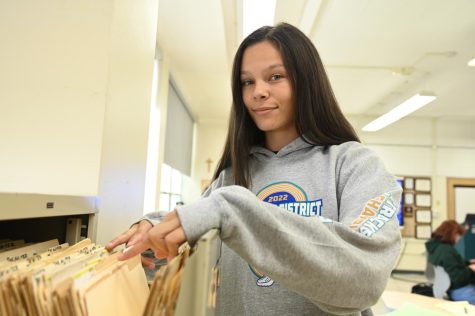The issues are blurred, but cop cams are clearly in the picture
December 18, 2015
 Ferguson. Tamir Rice. Freddie Gray. These are names and places that have become well-known as the media and protesters turn their attention to relations between citizens and the police in the wake of recent conflicts.
Ferguson. Tamir Rice. Freddie Gray. These are names and places that have become well-known as the media and protesters turn their attention to relations between citizens and the police in the wake of recent conflicts.
The details surrounding many of these cases are muddled, supported only by conflicting testimonies.
The use of police body cameras would certainly help to reduce such incidences and future accusations of police brutality, as well as attacks on police officers.
Many state legislators have already moved to adopt the cameras, while many others are discussing the issues surrounding the use of such cameras.
While the use of these cameras would undoubtedly serve to hold officers accountable for their actions and to protect both civilians and officers from unjust accusations, many issues arise in the implementation and adoption of body cameras.
Such cameras are expensive, and footage is even more costly to store. For the cameras to be of use, they have to be filming, but many consider the use of cameras in domestic cases, driving tickets, and minor incidents to be invasive.
Additionally, issues arise over who should have access to such videos. Some police departments only show footage on request, while others desire to keep videos away from the public eye. Some police departments, like Seattle, are posting videos to YouTube to maintain transparency and reduce the costs of processing the data requests.
In light of such information, the Miter staff recognizes the many issues and controversial problems that arise from the use of police body cameras, but support their adoption for the pursuit of justice.














